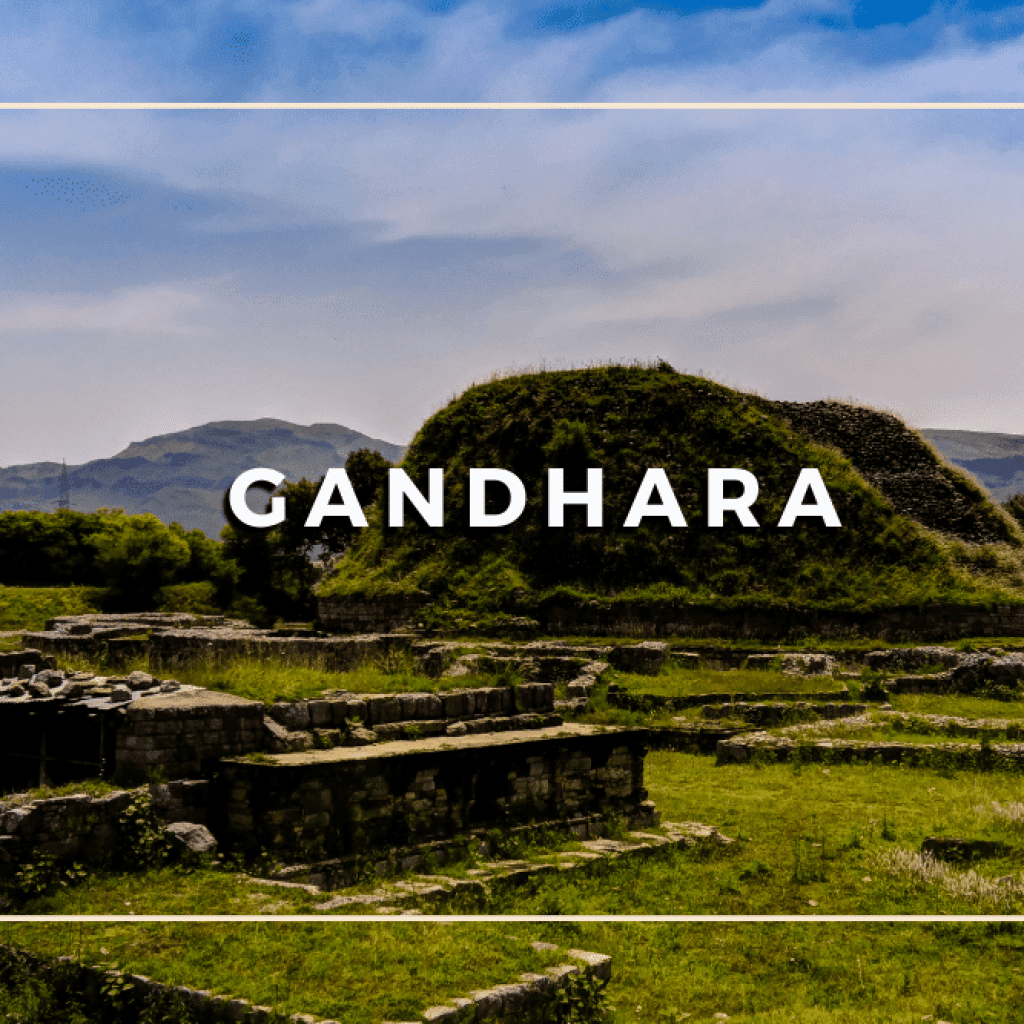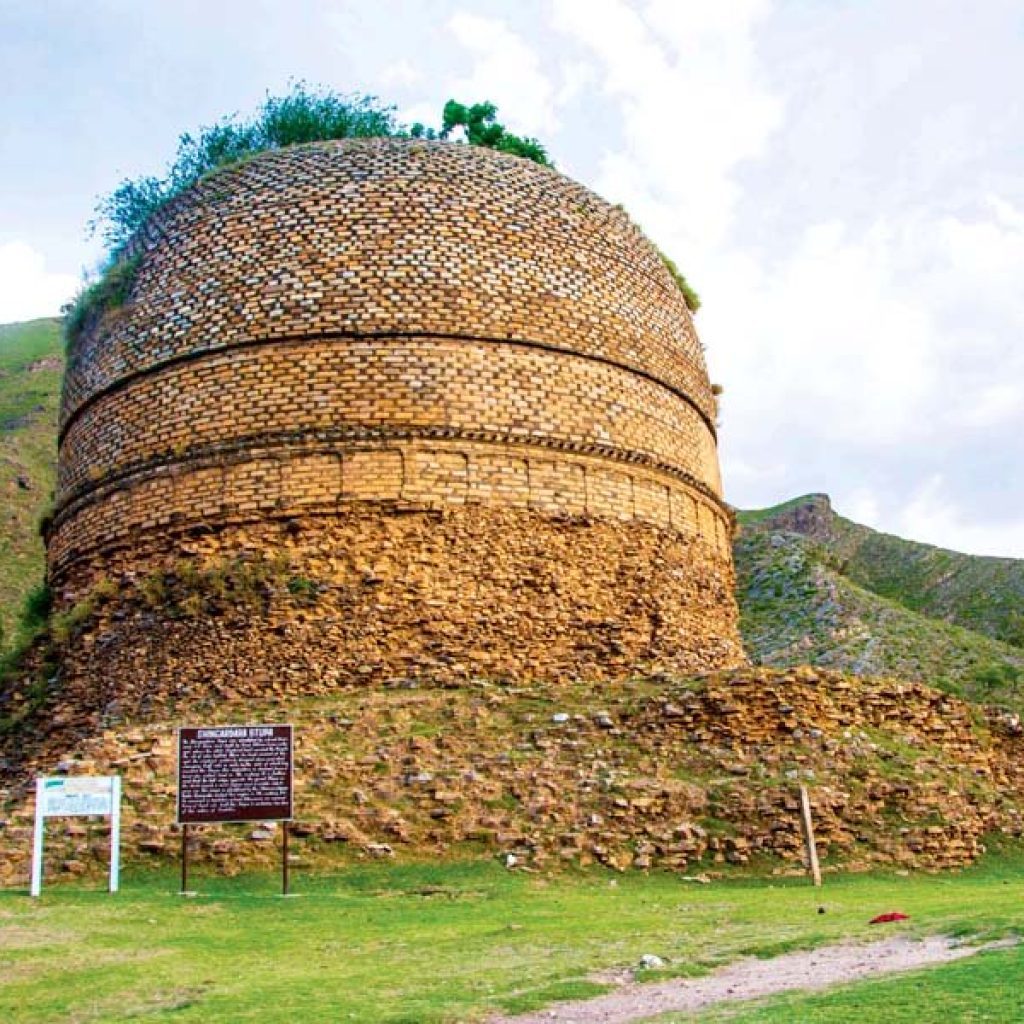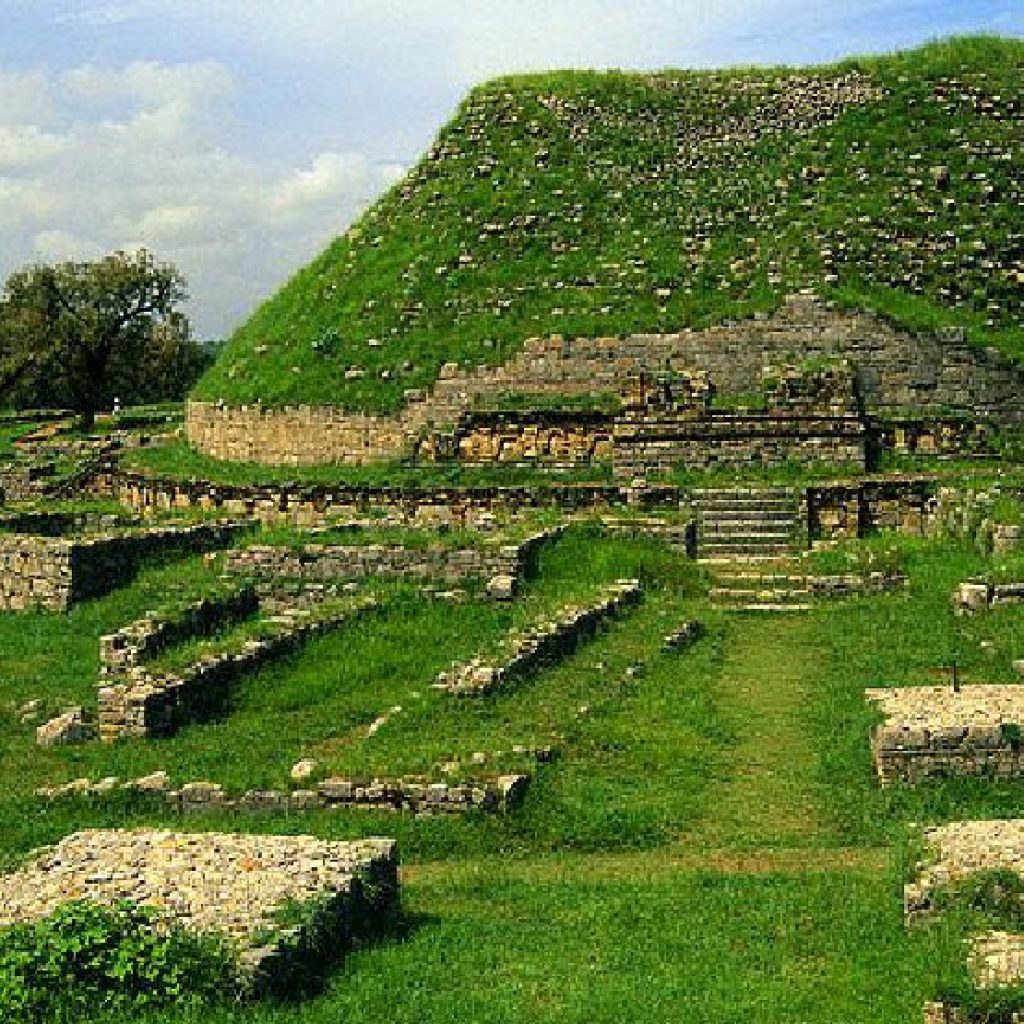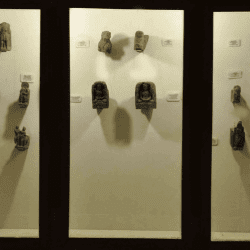Geography of Gandhara Civilization
The confluence of the Indus River and the Kabul River has remained the seat of the Gandhara Civilization. However, the geographical stretch of the territory has shifted with the passing of time and invading forces. At present, the places covered by Peshawar valley (Peshawar Division), Swat valley (Malakand Division), and Potohar plateau (Rawalpindi Division) were the geographical territory of the Gandhara kingdom. The three main cities of Gandhara were Purushapura (Peshawar), Takshashila (Taxila), and Pushkalavati (Charsadda).



Table of Contents
History of Gandhara Civilization
The Gandhara kingdom lasted from the 1st millennium B.C. to the 11th century AD. Gandhara was first mentioned in the Rig-Veda, as Texila remained the hold of Aryans, and Mahabharata (epic book) was for the first time recited here. Persian ruler “Cyrus the Great” extended his rule to Ghandhara (558-530 B.C) and introduced coin currency and iron technology. Taxila university was founded. Alexander conquered Gandhara in 723 B.C. and his rule lasted for 25 years. Chandragupta of the Mauryan Dynasty ascended the throne of Ghandara in 321 B.C. and introduced Buddhism in Gandhara and built the first Buddhist Monastery Dharmarajika at Taxila.
Greeks had a brief entry in Gandhara (185- 97 B.C). Kushan Rule (128-151- Central Asians) is called the golden era of Gandhara as art and artifacts flourished. The city of Peshawar and Taxila were also built during that era. Huns invaded in AD 450 and Hinduism was revived. In 568 Sassanids helped by Central Asians captured Gandhara and Sassanids were finally defeated by the Muslim Arabs in AD 644. Turkshshi and Hindushahi ruled from AD 650 – 1021). Jayapala of the Hindushahi Dynasty was the last king of Gandhara who was defeated by Subuktigin and later by Mehmud Ghaznavi. That was the end of the Gandhara civilization.
Famous Archeological Sites of Gandhara Civilization in Pakistan
| Shah ji ki Dheri Peshwar | Sheikhan Dheri Charsadda | TakhtBhai Mardan |
| Jamal Garhi Mardan | Sahri Bahiol Mardan | Aziz Dheri Swabi |
| Butkara I & II Swat | Sirkap Taxila | Sirsukh and Julian Taxila |
Some interesting facts about the Gandhara Civilization
The Pakistani national dress, ‘Shilwar Kameez’ and ‘Sherwani’ are the gift of the Gandhara Civilization (Kushana Kings). Buddhism took birth in Gandhara (Taxila) and it is a place of religious value for Buddhists around the world.
To summarize,
The Gandhara Civilization, which thrived in the region that is now modern-day Pakistan and Afghanistan, left behind a remarkable legacy of cultural and artistic achievements. The HeritageSites are scattered across the Peshawar Valley, Swat Valley, and beyond, and include iconic landmarks like Taxila, Takht-i-Bahi, and Butkara Stupa. These sites are known for their Buddhist stupas, monasteries, and intricate sculptures that beautifully blend Hellenistic, Indian, and Persian influences. They offer a fascinating glimpse into the ancient crossroads of cultures and the artistic mastery of the Gandhara people, making them UNESCO World Heritage Sites of immense historical importance.
Explore the beauty of the Civilization with Gypsy Traces and Tours and make your trip memorable.
Pakistan Best Selling Tour Packages 2023
Taxila Heritage Sites Tour — Taxila Museum
Suggested Reads
Why should you visit Chitral Valley?
Why should you visit Hunza Valley?
Why should you Visit Fairy Meadows?
TOUR DE UNESCO Heritage Sites Pakistan
Altit Fort Hunza – A Must Visit Destination


0 Comment